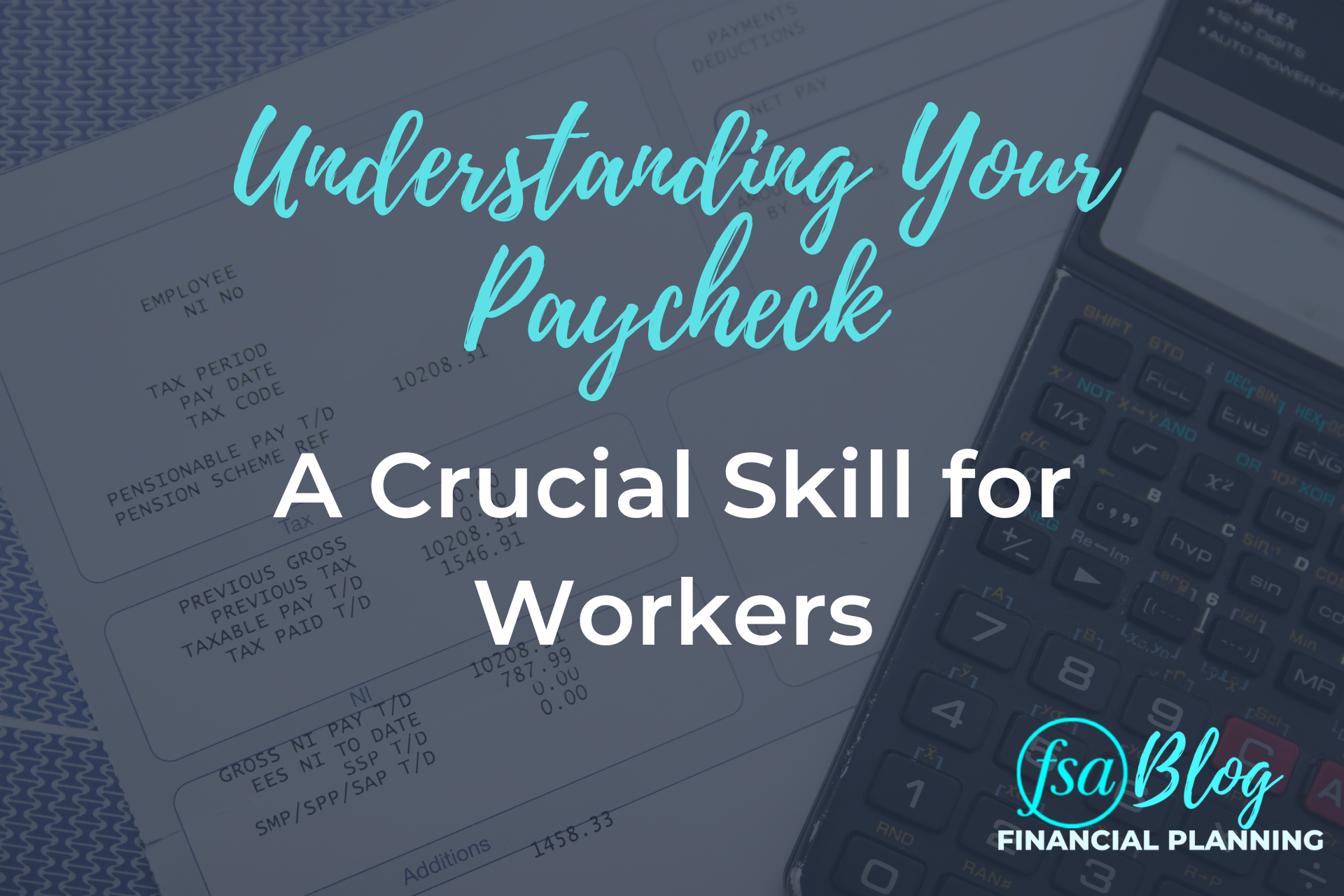In the United States, millions of Americans have student loans of tens or even hundreds of thousands of dollars. Recently, the Biden Administration announced a three-point plan to provide relief for millions of people with student debt. Let’s dive into what we know so far!
What Are the Details of the Loan Forgiveness Plan?
The debt relief plan includes three parts to target millions of students across the United States:
- The plan calls for up to $10,000 in debt relief for individuals ($20,000 for married couples) and up to $20,000 in debt relief for individual Pell grant recipients. Additionally, the plan calls for an extension on the pause of Federal student loan interest and payments until December 2022. They claim that this is the last extension.
- The plan also calls for a dramatic cut in the amount that debtors will have to pay each month. Under the plan, income-driven debt repayments are capped at 5% of a person’s income, as compared to the previous 10% cap.
- Finally, the plan amends the Public Service Loan Forgiveness (PSLF) program to ensure those who have served in the military, government, or nonprofit service receive appropriate credit for their loan forgiveness.
What Are the Limitations?
According to the proposed plans released on the official White House website, individuals making less than $125,000 and couples making less than $250,000 will be eligible for the debt forgiveness plan. As it stands, your 2020 or 2021 AGI will be used as the income factor. To clarify, if either your 2020 or 2021 AGI was below the thresholds, then you could receive loan forgiveness. Current students with debt are eligible for relief; however, if they are claimed as a dependent on the parent’s income tax return, then the parents’ income would be used to determine eligibility.
As it turns out, privately held student loans did not make the cut for the debt relief program, even if you recently consolidated your federal student loans into a private loan. Debt for graduate school and Parent Plus Loans are currently eligible for forgiveness, but that is subject to change.
How Student Debt Forgiveness Will Affect Americans
According to the official White House press release, nearly all Pell Grant recipients come from households that make less than $60,000 per year. Sixty-six percent of Pell Grant recipients come from households that make less than $30,000 per year.
In total, the student debt forgiveness plan will affect up to 43 million Americans. Of the 43 million, almost half, or 20 million Americans, will see their student debt be completely forgiven.
Looking at the income levels of student debt recipients, about 90% of those receiving debt relief make less than $75,000 per year.
Would the discharged debt count as taxable income? The American Rescue Plan Act of 2021 provided that most student debt discharged through 2025 would be tax-free at the federal level. States, however, may have a different stance on how the debt relief will be handled on the tax return.
Take the Student Debt Forgiveness Plan with a Grain of Salt for Now
Before you start updating your balance sheet and cash flow projections, it’s important to note that there will be many lawsuits against the plan. In fact, some states are already starting to craft their formal legal complaints.
Future Steps in Loan Forgiveness
How do students apply? The eight million students who already have income information on file with the U.S. Department of Education will automatically receive forgiveness. Those who are not in the database will need to apply and submit proof of their income to qualify.
The jury is still out on the economic impact of the student loan forgiveness plan. One thing we do know is that the plan does not solve or address the systemic problem of quickly rising education costs.
When litigation comes from Washington D.C., it is always a good idea to ask, “How does this affect my financial plan?” Need help determining that answer? Then we suggest you click here to schedule a time to speak with an FSA advisor.
FSA’s current written Disclosure Brochure and Privacy Notice discussing our current advisory services and fees is also available at https://fsainvest.com/disclosures/ or by calling 301-949-7300.




